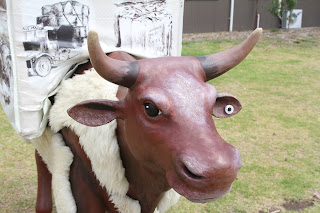Hills Adventist College was first established in 1961 and currently caters to students from Kindergarten to year 11. HAC has two campus, our Junior School campus in Castle Hill caters for preschool to year 4 students. At our school (the Kellyville Campus) we have around 250 students from years 5-11 who come from all over Sydney to attend our school. We represent many different cultures that are proud to uphold the value of Hills Adventist College. Our motto is Nurture for today, Learning for tomorrow and Character for eternity.
Thanks to the support of the one and only, Mr Daniel Williams the Art4Agriculture project has been introduced to the school for the first time. Mr Williams is the head of our Art department and has degrees in both Visual Arts and Education.
Our Team:
The Archibull Team at Hills Adventist College is very well connected. We have around 15 students in our group working on this project. We have 4 different groups for each of our students that cater to everyone interest and talents. Our team is passionate to educate others why it is important to support our Australian Farmers, so that future generations have access to products from Australian agriculture which have been produced here!
 |
| The team working hard. |
Sophia Wakeling (Student Leader):
Sophia mainly works on the blog and video and helps coordinate all the Archibull activities as Student Leader. She liaises with all the students working on the project and arranged all our Archie working meetings, props, internal and external communications and coordinated our wonderful speakers Sammi and Kylie to visit us at HAC.
Aaron Takizad (Technology):
Aaron became involved in the Archibull program after being inspired by the one and only Kylie Stretton. Aaron is in charge of editing and filming our video "We Love Our Aussie Farmers". Aaron also works extremely hard in making sure that everything is uploaded to the blog and works on all of the technological aspects of this program.
Celine Breitenmoser (Art):
Celine loves cows as she originally comes from Switzerland and enjoys painting, drawing and sculpture. She has enjoyed working on the art and the wool bale. A number of other students have also helped with the art.
Ashleigh King (Photography):
Ashleigh is always seen around school taking pictures of Missy Moo! We are very lucky to have her on board as she has taken most of the pictures on this blog!
We could not have done our project without the rest of our team:
Aaron, Aimee, Ashleigh, Celine Dominic, Eileen, Emma, Grace, Jenna, Jess, Joel, Julia, Kimberly, Olivia, Maryellen, Mitchell, Sophia.
Special thanks to Mr Rea, Mrs James and Miss Galia and the rest of Hills Adventist College for their enthusiasm and support!










